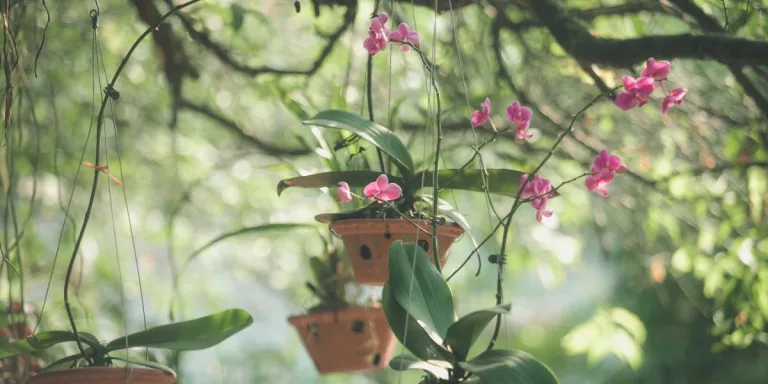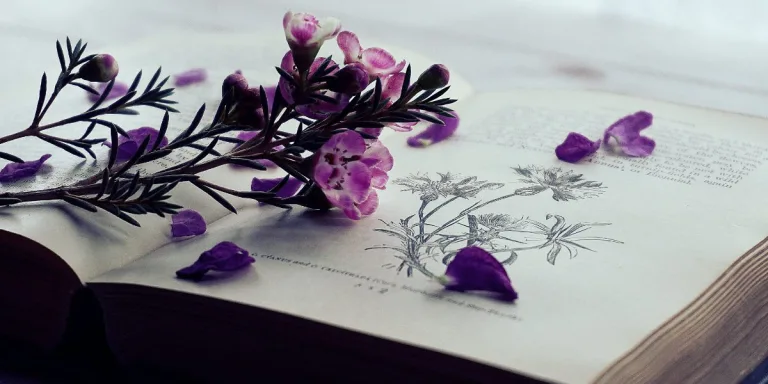Are petunia flowers edible? Top 10 Surprising Facts About Mexican Petunia Flowers
Have you ever wondered, are petunia flowers edible? Let’s explore together the brief details about Mexican petunia flowers’ nutritional and culinary aspects. In this article, you get the idea of how to use Mexican petunia flowers in your next epic adventures in food.
Mexican petunias:
Mexican petunia is a plant that grows annually and reaches a height of 160 cm. Petunia flowers have wide leaves of width 7 cm long and 3 to 4 cm wide.
Mexican petunia flowers are available in different colors of red, white, and yellow, except for the orange color. This plant’s flowers grow annually, with a lot of flowers throughout the year. They have a very pleasant aroma to take one’s heart.

Are petunia flowers edible
Mexican petunia flowers can withstand unfavorable conditions. They require sunlight of about 6 to 7 hours a day for their optimal growth. They need a lot of watering constantly for flowering and growth in dry areas. The peak season for its growth is spring.
You can easily grow them in different-sized pots and containers as a beginner’s experience. These flowers are ideal for roadside plants or a garden entrance for drawing audience attention in one go.
Are petunia flowers edible?
The first thing that comes to mind is when you see petunias in different restaurants on plates. Are petunia flowers edible? So the answer is yes, Mexican petunias are edible flowers, but there are some varieties that are poisonous and are not good for you.
Before consuming Mexican petunia flowers, you should have enough knowledge about each type of petunia regarding its edible properties to avoid any inconvenience.

Which petunias are edible?
There are different types of Mexican petunias worldwide. Some are not toxic and are edible, while others are toxic and not recommended. Wave petunia is not toxic to humans but can cause allergies or stomach problems. If petunia belongs to the Solace family, then it’s edible, but if it belongs to the nightshade family, do not consume it; it’s not recommended.

Are petunias poisonous to eat?
No, Mexican petunias have different varieties and are not poisonous. If you eat them by mistake without knowing their edible properties, they don’t cause harm the way the other poisonous plants can, but they still can cause severe allergies and stomach problems because they have pesticides and insecticides. We can become ill by consuming them, so it’s better not to eat without knowing the varieties that are edible.

What happens if any human eats a petunia?
One of the specific types of petunia (Wave petunia), petunia flowers are not recommended for humans. They contain insecticides and pesticides that cause allergies and stomach problems in human beings and have no specific nutritional aspect, so they are not recommended in any way.
Are petunia flowers edible for dogs?
Yes, dogs can eat petunia flowers, but do not take in larger quantities, as an excess of everything is bad.
Is there any poisonous petunia plant for dogs or other pets?
Petunia plants or flowers have no side effects on pets or dogs. If consumed in moderation, they don’t harm your pets or dogs. If you want to add beauty and elegance to your lawn or backyard but worry about your pets, then Petunia is the ideal choice and highly recommended.
What animals eat petunias, plants, and flowers?
Petuniass are flowers that are stunning with a pleasant smell. Animals are allowed to take petunia flowers and plants, but in moderation. Rabbits are very fond of eating petunia flowers and plants. If you want to protect your petunia flowers from rabbits and other animals, use a French bar.
Petunias are lovely flowers that not only look nice but also smell nice. There are no restrictions on animals eating petunia flowers and plants,, but in moderation. Rabbits, deer, budworms, chickens, squirrels, and mice eat petunia flowers. They all like petunia plants, and you must take care of your petunias and use a a fence to protect them.

What are petunias used for?
Garnishing
Some restaurants present petunia flowers as a garnishing element on the plates because of their attractive colors and appearance.
Decoration
Petunia flowers are used to decorate different weddings and birthday parties for their attractive appearance and good odor.
Poisonous Petunias: Not Edible, But Interesting!
Mexican petunia flowers belong to the nightshade family, including belladonna and jimsonweed, which are toxic petunia plants. They are not good for human beings, as they cause stomach issues and intestinal problems, but are not poisonous to cats, dogs, and other animals. They are termed as toxic because of their hallucinogenic properties.
Saving Your Petunias From Animal And Insect Invaders
If you are worried that all the animals, including cats, dogs, and squirrels, eat your petunias overnight, then you must take care of your petunias by protecting them with other strict protection, such as a French bar or fence around them.
Growing Mexican petunia
Petunia seeds are so small that you should take extra care when handling them. Always plant them with some space of up to 20 cm for the blossoms to grow widely. Wet the seeds with the spray bottle, but take extra care to handle them so that they do not disperse the seeds. Moisten them to protect the humidity and leave them for some time. Use phosphorus-rich fertilizers twice a month for optimal growth and stunning blossoms.

How to plant petunia
How to plant petunia flowers step by step.
- Step 1. Gather all the things required for the process. Take a pot, and add some pebbles to elevate the beauty of the plant. Then add soil on the top of the pebbles for a good drainage system.
- Step 2. Now place the seeds according to your preference, but keep in mind they take up extra space for their optimal growth.
- Step 3. Maintain its growth with 4 to 5 hours of direct sunlight for the desired results.

Petunia care
The petunia flowers need constant sunbathing for their optimal growth. It requires 4 to 5 hours of direct sunlight. In case you grow in partial shade, you can see fewer flowers due to not getting enough sunlight.
When you think of planting it, you should keep in mind that rain doesn’t suit petunias, as it can adversely affect their growth for sure. Soil for its growth should be nutrient-dense and have good drainage, despite the fact that its roots are not usually very deep.

1. Temperature/light
Petunia flowers require direct sunlight for up to 5 to 6 hours a day. The ideal temperature for Mexican petunias is 16 to 25 degrees Celsius. They require the right amount of light to grow to a height of 13 cm and look extraordinary in the seasons of spring and summer.
2. Irrigation
Petunia flowers require a lot of water for growth but do not require excess water so as not to flood the substrate, so our flowers do not drown and die.
In the hot season, petunia flowers require a daily watering schedule, but in the cold season, they require water 2 to 3 times per week, according to the soil and need.
3. Pruning
Petunias are the flowers that look beautiful and stunning when grown in clusters. But to achieve an outstanding appearance, prune them because Mexican petunia problems, including withered leaves and petals, should be removed, as they mimic the overall look of the flowers and take away light and color from the flowers.
FAQS
Are petunia flowers edible?
Petunias are not edible in general because they are nightshade family members. They are not poisonous, but they provide no nutritional value.
What are Mexican petunias used for?
Mexican petunias are commonly used in southern landscapes because they are easy to grow, do not require much attention, and are stunning when in bloom. Mexican petunias are most commonly used in the landscape as a border in a bed with larger shrubs growing behind them.
Can you eat wave petunias?
While petunias are not edible, they can be planted alongside vegetables and herbs to create a beautiful AND edible combination. When it comes to Easy Wave petunias, there is no shortage of pink.
Are Petunia flowers poisonous?
Petunias are non-poisonous to children and pets, making them an excellent choice for your yard or patio space.
What is Mexican petunia called?
Ruellia simplex, also known as Mexican petunia or Texas petunia, is a vigorous, shrubby, woody-based perennial grown as an annual north of USDA Zone 8.
What is the difference between petunia and wave petunia?
Wave petunias have a unique trailing growth habit and are extremely prolific bloomers. They look great draped over the sides of containers and raised beds in the summer. The growth habit of a regular petunia is upright or bushy. It will spread slightly, but not as dramatically as a Wave petunia.
Are petunias hallucinogenic?
Petunia violacea was used as a hallucinogen by some native South American people under the name Shanin.
Is Petunia a medicinal plant?
Plant extracts with antimicrobial activity were discovered in folk medicine as essential oils or isolated compounds. Some of these compounds were isolated or obtained through bio-guided isolation after the plant had previously demonstrated antimicrobial activity. Petunia is a valuable medicinal and decorative plant.
What kind of petunia is best for hanging baskets?
Petunias that mound, spread, or trail are ideal for baskets.
What color is Mexican petunia?
The plants are native to Mexico, but they are not related to petunias in any way. Ruellia brittoniana is the botanical name. While purple is the most common color, the flowers can also be white or many shades of purple, pink, or blue-mauve. The plants can tolerate shade but thrive in full sun.







